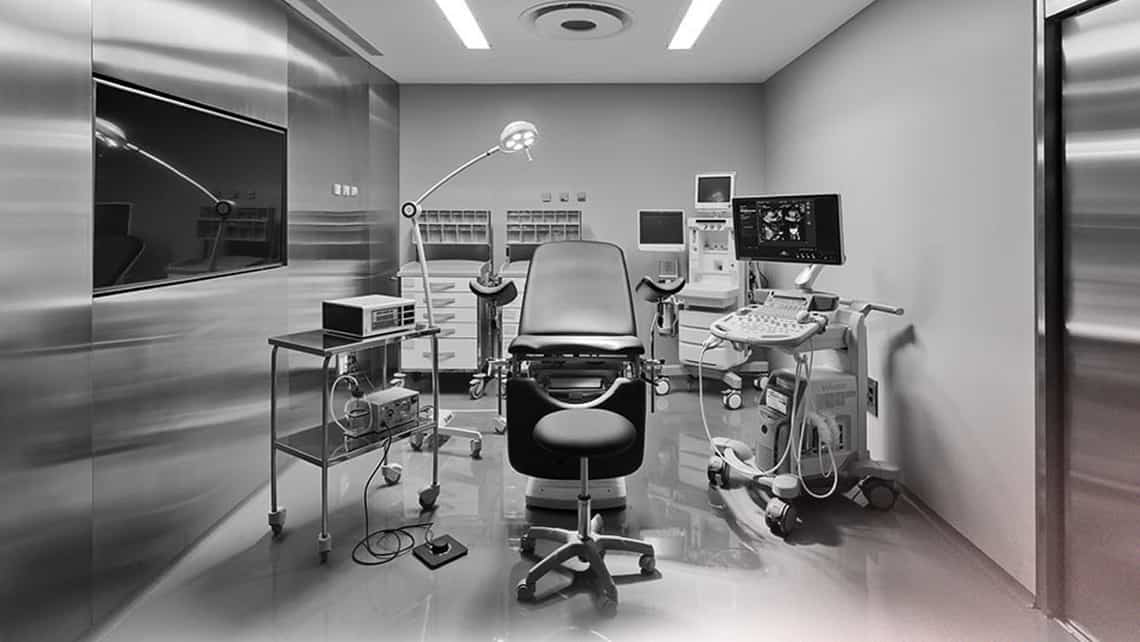
Fertility restoration surgery
There are multiple pathologies and/or anatomical alterations in the female reproductive system that can be the cause of not obtaining a pregnancy and that on many occasions require surgery, the most frequent are:
- Uterine fibroids (fibroids)
- Congenital or acquired uterine malformations.
- Hydrosalpinx (collection at the fallopian tubes level).
Índice
What are uterine fibroids?
Fibroids are benign masses of muscular tissue found in the uterus, which can be found in the following locations: inside the uterine cavity (submucosal), in the thickness of the uterine wall (intramural) and outside the uterine wall (subserosal). The incidence of uterine fibroids in women of reproductive age is around 70%.
How can fibroids affect fertility and how can they be treated?
Depending on its location in the uterus, they can be an important factor to take into account from a reproductive point of view.
This type of alteration at the level of the uterus has multiple surgical indications. In terms of fertility, we must assess the involvement of the uterine cavity, size and location. These parameters allow us to assess whether surgical repair is necessary or not. It also allows us to decide the surgical approach by which we can intervene in these cases, with laparoscopy or hysteroscopy being the techniques of choice.
For the resolution of fibroids located within the uterine cavity (submucosal), the technique of choice is hysteroscopy, in which we can access the cavity vaginally and perform excision of the fibroid on an outpatient basis and with fast recovery.
What other disorders associated with fertility problems can benefit from reparative surgical techniques?
Other alterations that can benefit from hysteroscopy are congenital or acquired uterine malformations.
Congenital uterine malformations can be diagnosed by imaging techniques such as 3D ultrasound and/or magnetic resonance imaging. Depending on the type and degree of malformation, we can offer surgical repair by hysteroscopy.
In the case of acquired uterine malformations, we can mention Asherman’s Syndrome, which consists of the formation of adhesions in the uterine cavity, secondary to uterine curettage and/or infections, which can compromise implantation.
With regard to the fallopian tubes, we can mention Hydrosalpinx, which consists of the accumulation of fluid, distention and obstruction of the fallopian tubes. In most cases this pathology is a consequence of pelvic inflammatory disease (PID).
Hydrosalpinx is usually diagnosed by imaging techniques such as transvaginal ultrasound and the condition can be uni or bilateral.
As it has an obstructive component, it compromises the fertility of the patients who suffer from it. Most cases usually require assisted reproductive techniques such as in vitro fertilisation (IVF).
In cases where patients with hydrosalpinx require an assisted reproduction technique such as assisted fertilisation, we indicate the removal of the affected tube or, failing that, the blocking of the tube at the proximal uterine level, to prevent the passage of fluid accumulated in the tube, which, according to various studies, can affect the embryo. This type of procedure is usually performed laparoscopically.
Dr Andrea Bernabeu, Medical codirector of Instituto Bernabeu.
Dr Herly Alcázar, a gynaecologist at Instituto Bernabeu.
